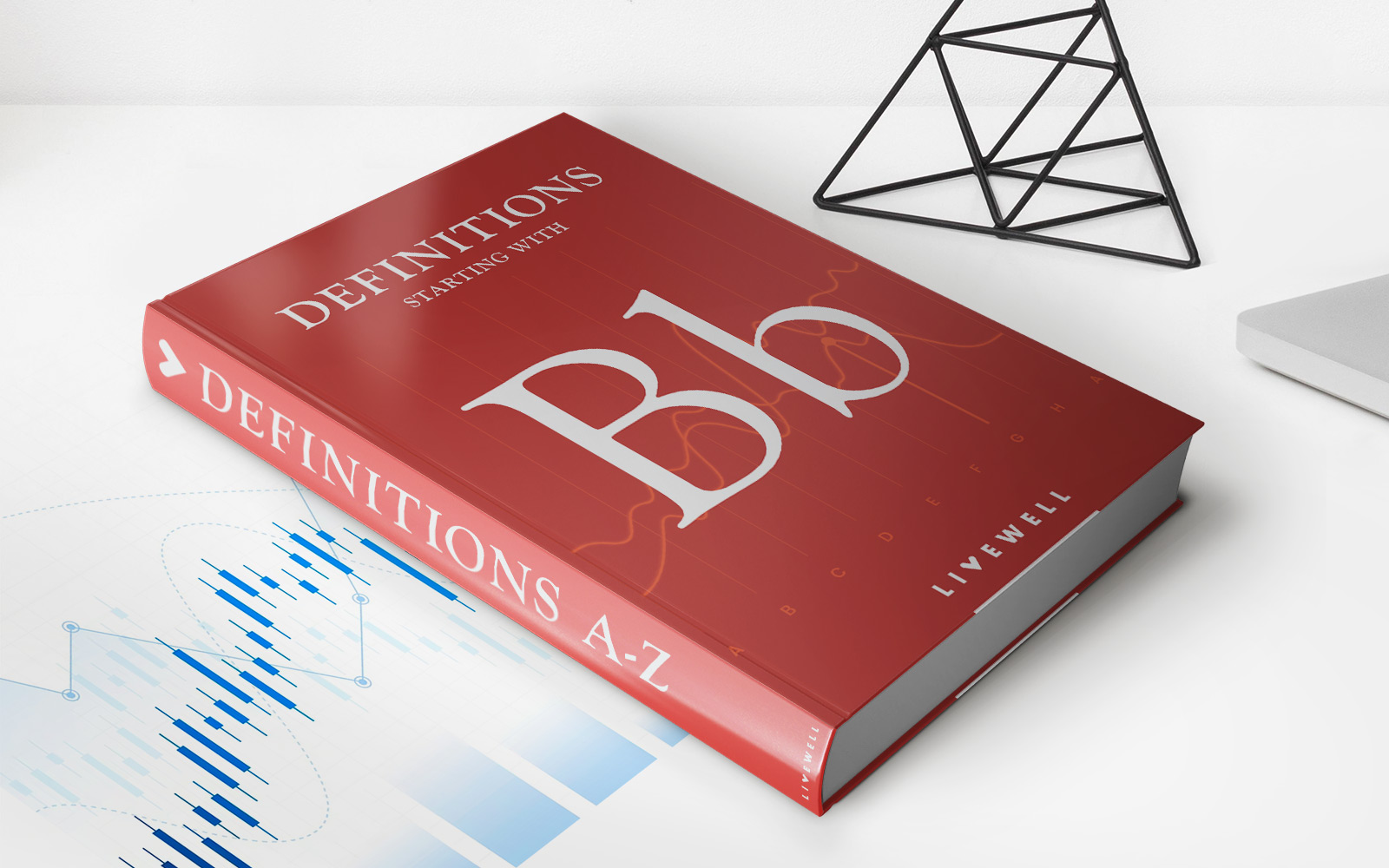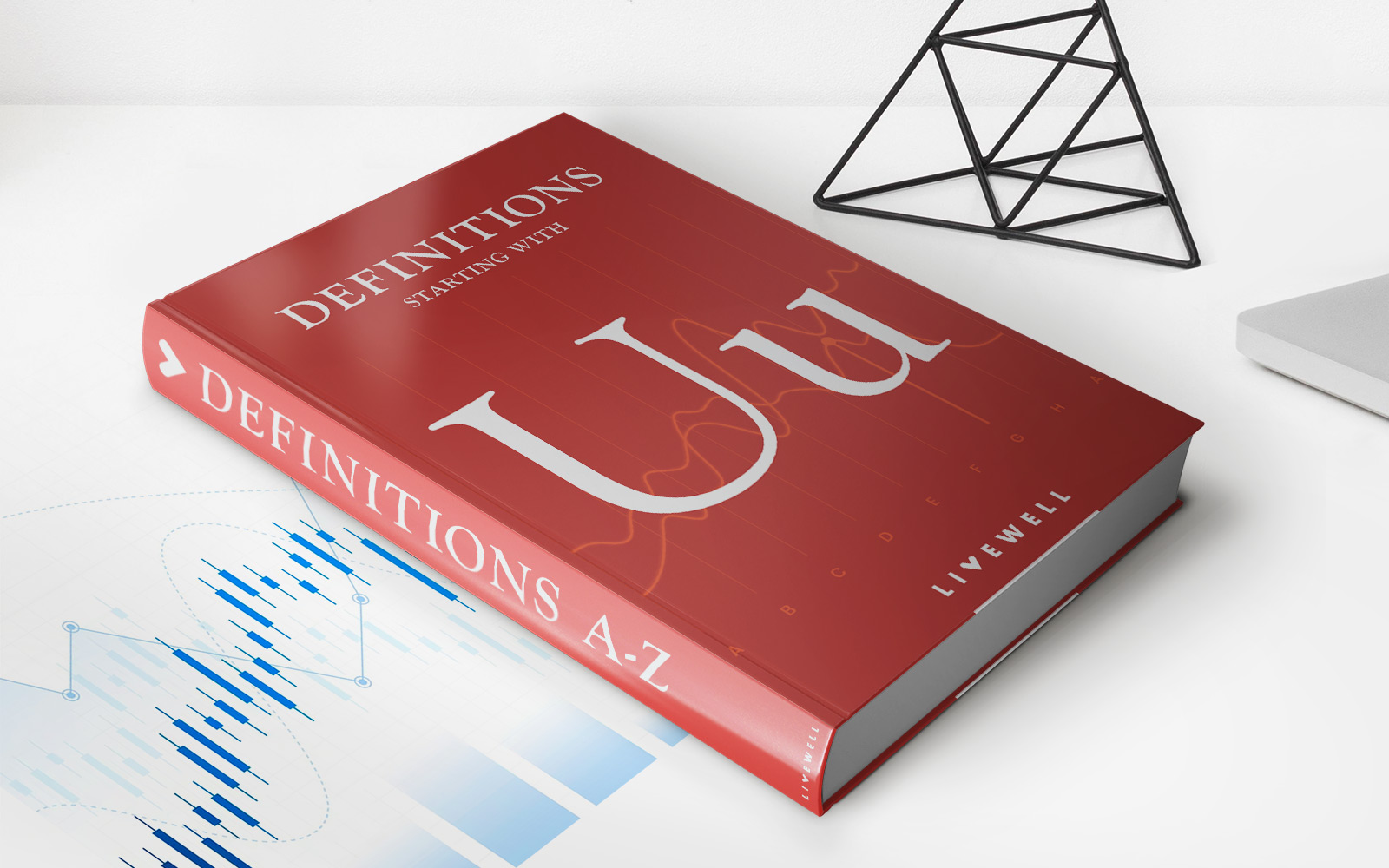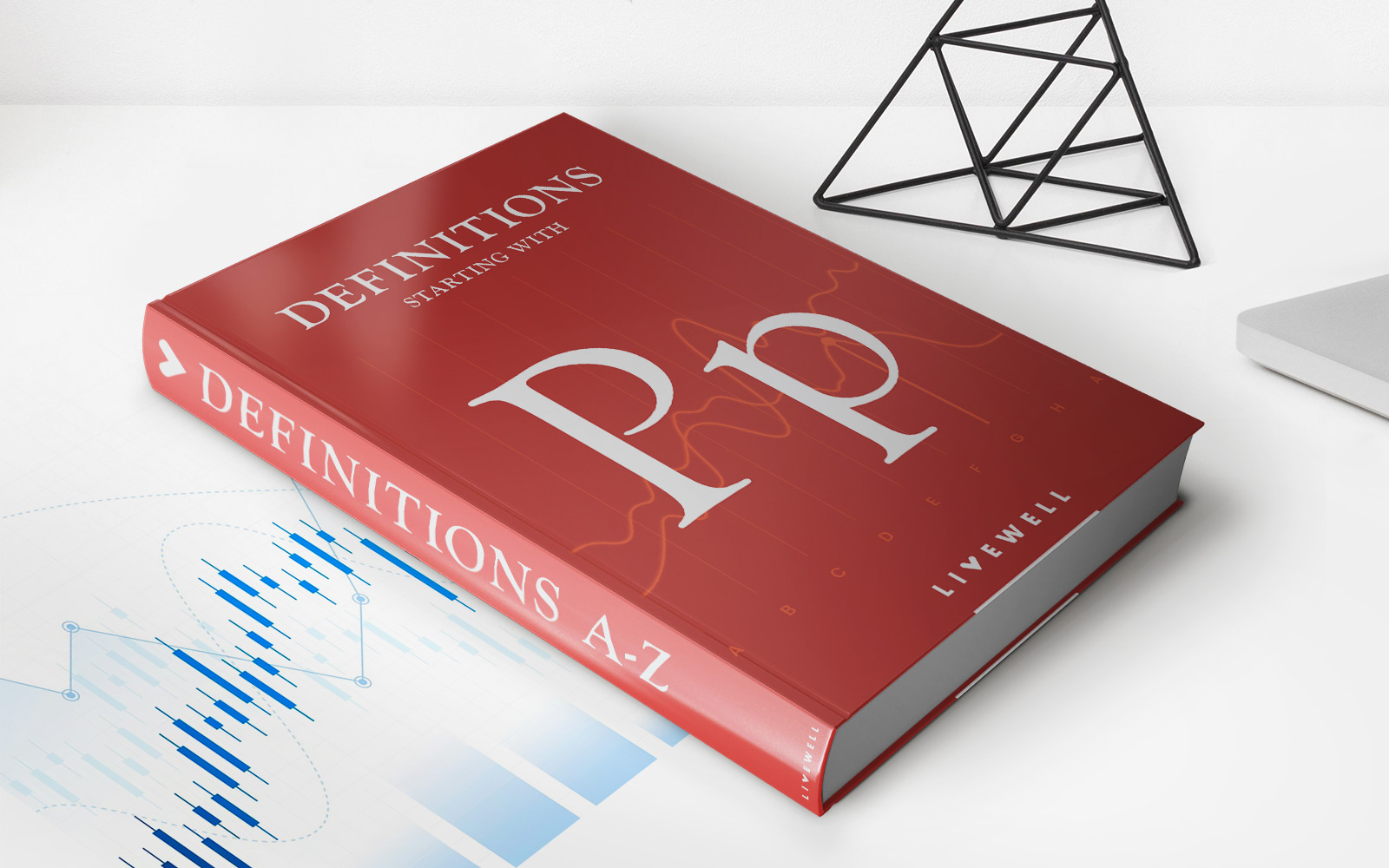Home>Finance>Calculating 18 Percent Interest On $2500: What Is My Minimum Payment


Finance
Calculating 18 Percent Interest On $2500: What Is My Minimum Payment
Published: February 26, 2024
Discover how to calculate 18% interest on $2500 and determine the minimum payment. Get expert finance tips and advice to manage your finances effectively.
(Many of the links in this article redirect to a specific reviewed product. Your purchase of these products through affiliate links helps to generate commission for LiveWell, at no extra cost. Learn more)
Table of Contents
Introduction
Understanding the Impact of 18 Percent Interest on a $2500 Balance
When it comes to managing finances, understanding the implications of interest rates is crucial. Whether you’re dealing with credit card debt, a personal loan, or any other form of borrowing, the interest rate significantly affects the total amount you’ll pay over time. In this article, we’ll delve into the particulars of calculating 18 percent interest on a $2500 balance and explore how this impacts your minimum payment.
Many individuals find themselves in the position of carrying a balance on a credit card or taking out a loan, and it’s essential to comprehend the financial implications of doing so. By gaining insight into how interest is calculated and the factors influencing minimum payments, you can make informed decisions about managing your finances and minimizing the overall cost of borrowing.
Join us as we navigate through the intricacies of interest calculations and minimum payments, empowering you to take control of your financial well-being.
Understanding the Calculation
How 18 Percent Interest on $2500 Affects Your Minimum Payment
When you carry a balance on a credit card or have an outstanding loan, the interest that accrues can significantly impact your financial obligations. In the case of an 18 percent interest rate on a $2500 balance, it’s important to comprehend how this affects your minimum payment and the overall cost of borrowing.
The calculation of interest on a balance involves multiplying the principal amount (in this case, $2500) by the interest rate (18 percent, expressed as a decimal, i.e., 0.18) and the time period for which the interest is being calculated. For credit cards, this is typically the average daily balance over the billing cycle. The resulting figure represents the interest charged for that period.
Understanding the impact of interest on your minimum payment is crucial. When you make only the minimum payment, a portion goes towards the interest accrued, while the rest is applied to the principal balance. With an 18 percent interest rate, a larger portion of the minimum payment goes towards covering the interest, prolonging the time it takes to pay off the balance and increasing the total amount repaid.
For example, if your minimum payment is calculated at 2 percent of the outstanding balance, the portion going towards the principal decreases as the interest accumulates, leading to a cyclical pattern that can keep you in debt for an extended period.
Ultimately, understanding the calculation of interest and its impact on minimum payments empowers you to make informed decisions about managing your debts and working towards financial freedom.
Factors to Consider
Key Considerations When Dealing with 18 Percent Interest on a $2500 Balance
When faced with an 18 percent interest rate on a $2500 balance, several factors come into play, influencing how you approach managing your financial obligations and working towards debt repayment. Understanding these factors is essential for making informed decisions that align with your long-term financial goals.
- Minimum Payment Structure: The minimum payment structure set by the lender or credit card issuer significantly impacts how the 18 percent interest affects your repayment. It’s crucial to comprehend how the minimum payment is calculated and how much of it goes towards interest versus the principal balance.
- Payment Discipline: Your payment discipline and consistency in making payments above the minimum requirement can mitigate the impact of 18 percent interest. By allocating additional funds towards reducing the principal balance, you can minimize the long-term effects of high-interest rates.
- Alternative Repayment Strategies: Exploring alternative repayment strategies, such as debt consolidation or balance transfer options, can help alleviate the burden of 18 percent interest. These strategies may offer lower interest rates or promotional periods with reduced or zero interest, providing opportunities to save on interest costs.
- Financial Planning: Incorporating the 18 percent interest into your overall financial planning is crucial. Understanding how this interest rate affects your total repayment amount and the time required to pay off the balance enables you to create a comprehensive strategy for debt management and financial stability.
- Credit Score Impact: High-interest rates can impact your credit score if they lead to missed or late payments. It’s essential to consider how the 18 percent interest rate may affect your credit standing and take proactive measures to safeguard your creditworthiness.
By carefully considering these factors and their implications, you can navigate the challenges posed by 18 percent interest on a $2500 balance, ultimately working towards financial stability and debt freedom.
Conclusion
Navigating the Impact of 18 Percent Interest on a $2500 Balance
As we conclude our exploration of the implications of 18 percent interest on a $2500 balance, it’s evident that comprehending the dynamics of interest calculations and minimum payments is paramount for effective debt management. The interplay of factors such as minimum payment structures, payment discipline, alternative repayment strategies, financial planning, and credit score impact underscores the multifaceted nature of addressing high-interest obligations.
Managing a balance subject to an 18 percent interest rate requires a strategic approach that encompasses both short-term mitigation and long-term debt reduction. By understanding how interest accrues and affects minimum payments, individuals can make informed decisions about their repayment strategies, leveraging their financial resources to minimize the overall cost of borrowing.
Furthermore, proactive measures such as exploring alternative repayment options and integrating the impact of 18 percent interest into comprehensive financial planning can pave the way for improved debt management and eventual financial freedom. By staying attuned to the nuances of interest calculations and repayment dynamics, individuals can navigate the challenges posed by high-interest rates, ultimately working towards a more secure and stable financial future.
Empowered with knowledge and strategic insights, individuals can proactively address the impact of 18 percent interest on a $2500 balance, forging a path towards financial resilience and well-being.














